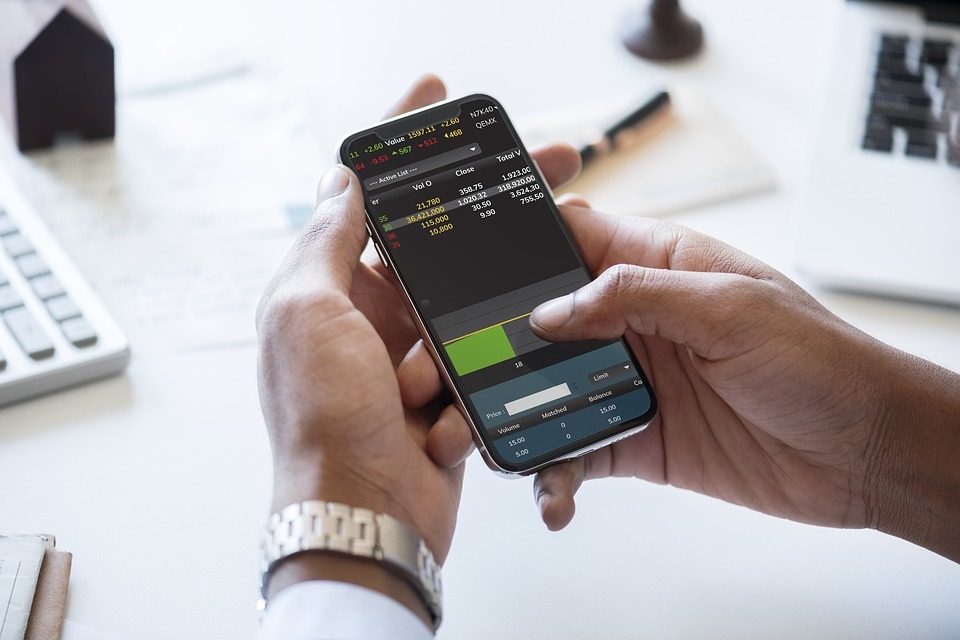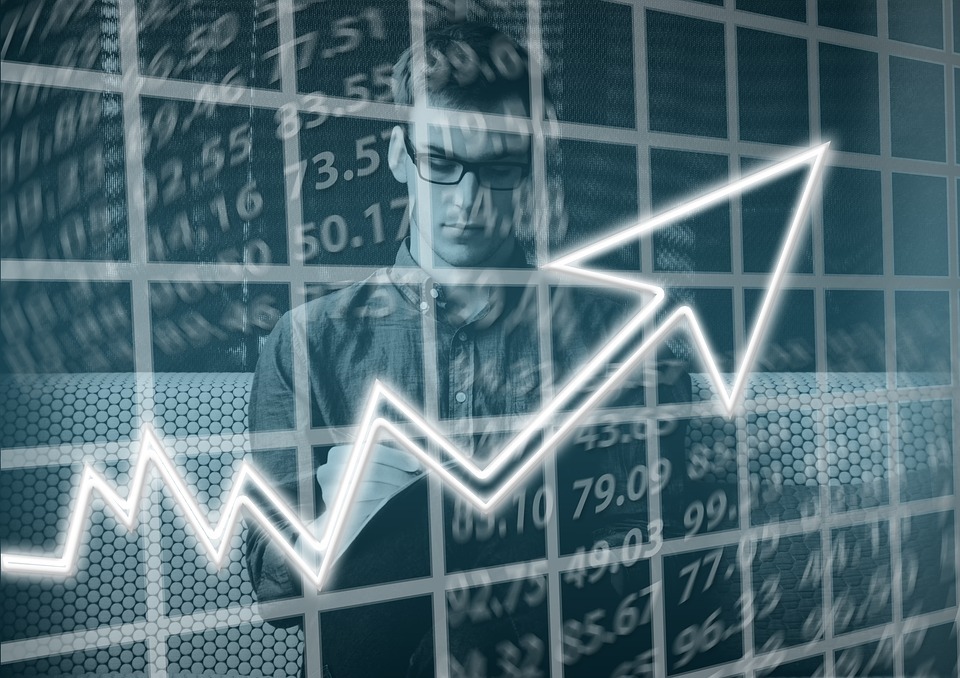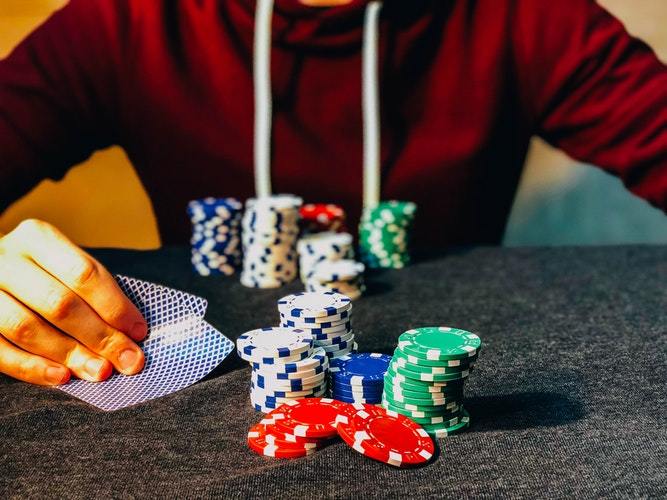Embracing Losses
Every trader comes to the financial markets to make a profit. Either on the short, medium or long term, that’s the goal: to profit from the markets, or from their moves.
The beauty of financial trading in general and Forex trading in particular, is that there is no holy grail in trading. There is no strategy that works all the time and in all markets.
Instead, success in Forex trading is a balancing act that considers multiple factors, like:
- personality – some traders have more patience than others, and this influences the trading style and strategy. Fear and greed are main drivers, and their root sits with personality.
- availability – often overlooked, the readiness to trade is an issue for most aspiring traders. For instance, they develop a promising trading strategy, which then needs to be implemented. However, traders have no time to monitor the market because most retail traders do not trade for a living but have day jobs.
- size of the trading account – retail traders fund an account with a hundred dollars and expect to make a million out of it. And, in about a year or so. Obviously, this is nothing but wishful thinking because reality tells us differently.
The reason for the list above is to illustrate that traders disregard entirely the possibility of losing in Forex trading, when in fact, this should be the starting point. Everyone focuses on the winning part, which is excellent and great, but not entirely correct.
The art of speculation is a game of probabilities, and even the slightest chance of losing should be considered. In any case, either excessive optimism or overconfidence in a trading strategy or Forex trading ability are primary causes for the high failure rate in Forex trading among retail traders.

Losses in Forex Trading
Think of trading in real-life terms. Are you as a person, happy all the time?
Day in, day out, an hour in, an hour out, there’s no downside? The probability of such a life is highly unlikely.
As human beings, we all have our ups and downs, feeling optimistic one day, having a bad day after, and so on. The same with the trading account.
Sometimes a trade hits the stop loss, and the trading account takes a hit. Some other times the trade hits the take profit.

The key is to find a way to prolong the winning phase in the losing phase’s detriment. Or, a way to be happy more than not.
Coming back to Forex trading, the right approach should start not from what the trader stands to gain from a strategy, but what is the potential loss and how to make sure the losses are addressed before damaging the trading account too much?
This is called a proactive approach. Unfortunately, most retail traders have a reactive solution to problems: they react as a consequence instead of acting to prevent certain things from happening.
So, the first step to address a loss is to admit it can happen. And, it may occur more than a winning trade, but still, the account will grow in time. How come?
The second step is planning for it. Money management tools come in handy when setting the parameters of a trade.
Planning is crucial. I want to buy here, place a stop loss there, and exit here.
As such, one plans the entry, the profit, and the loss.
Bigger Risk-Reward Ratios
You’ve heard throughout this Trading Academy that a proper money management system uses appropriate risk-reward ratios. And, such a ratio looks for at least double the profit when compared with the potential loss, with a triple profit being ideal.
That’s the standard in the industry and, of course, the bigger the ratio, the better. But have you ever wondered why these levels and not the other way around?
Why a risk-reward ratio of 1:2 or 1:3 and not 2:1 or 3:1? The answer comes from the reality in Forex trading: losses happen more often than wins.

If winning trades would appear more often than losing ones, than using a stop loss of one hundred pips while targeting fifty would make sense. Sadly, that’s not the case and if it was, Forex trading would be so easy that everyone would make money and you wouldn’t be here exploring this Trading Academy to learn how to make it in the market.
The lesson here is that a proper money management system embraces losses first, and then looks for the reward. It is the only way to keep the account growing.
Consider a risk-reward ratio of 1:3. In earnest, it means that for every pip risked, traders expect to make three pips in return.
Or, for every $50 potential loss, traders look to make $150. Furthermore, it means that if only one out of three trades would be a winner, the trader won’t lose money.
Effectively, using such a ratio increases the chances (probabilities) to make a profit.
Why Do Traders lose?
It is human nature. Traders think that the market did this or the market did that, but in fact what happens on the market is similar to what happens in real life.

Consider you want to buy a house to protect your savings against depreciation or money losing value. You look on the real-estate market and pick one from a pool of options.
The same in trading: from a number of possibilities, traders, pick a trade. If the trade hit the stop loss and became a loser, traders blame the market, or the broker, or any other entity.
If near the house you bought, a taller building is built that wipes out a quarter of your house’s value, people tend to blame someone else: the city hall for giving the building permit, the neighbors for not telling, and so on.
In reality, in both cases, who is to blame if not the trader/person? Either the analysis for the trade was shallow, or the research to buy a house was faulty, but in both cases, the fault stays with the trader.
Conclusion
Luckily, in Forex trading it is easier to start over, as all you need to do is to prepare a bit more and find the next trade. And even if it turns out to be a loss too, if the third one is a winner, the trader is at break-even.
The point here is that we make decisions in everyday life that turns out to be good or bad just the same as traders decide to buy or sell something. In the end, it is just a game of probabilities for a specific outcome to happen. And, in trading, those probabilities tend to increase when traders start from embracing losses, rather than thinking only of the potential profit.


